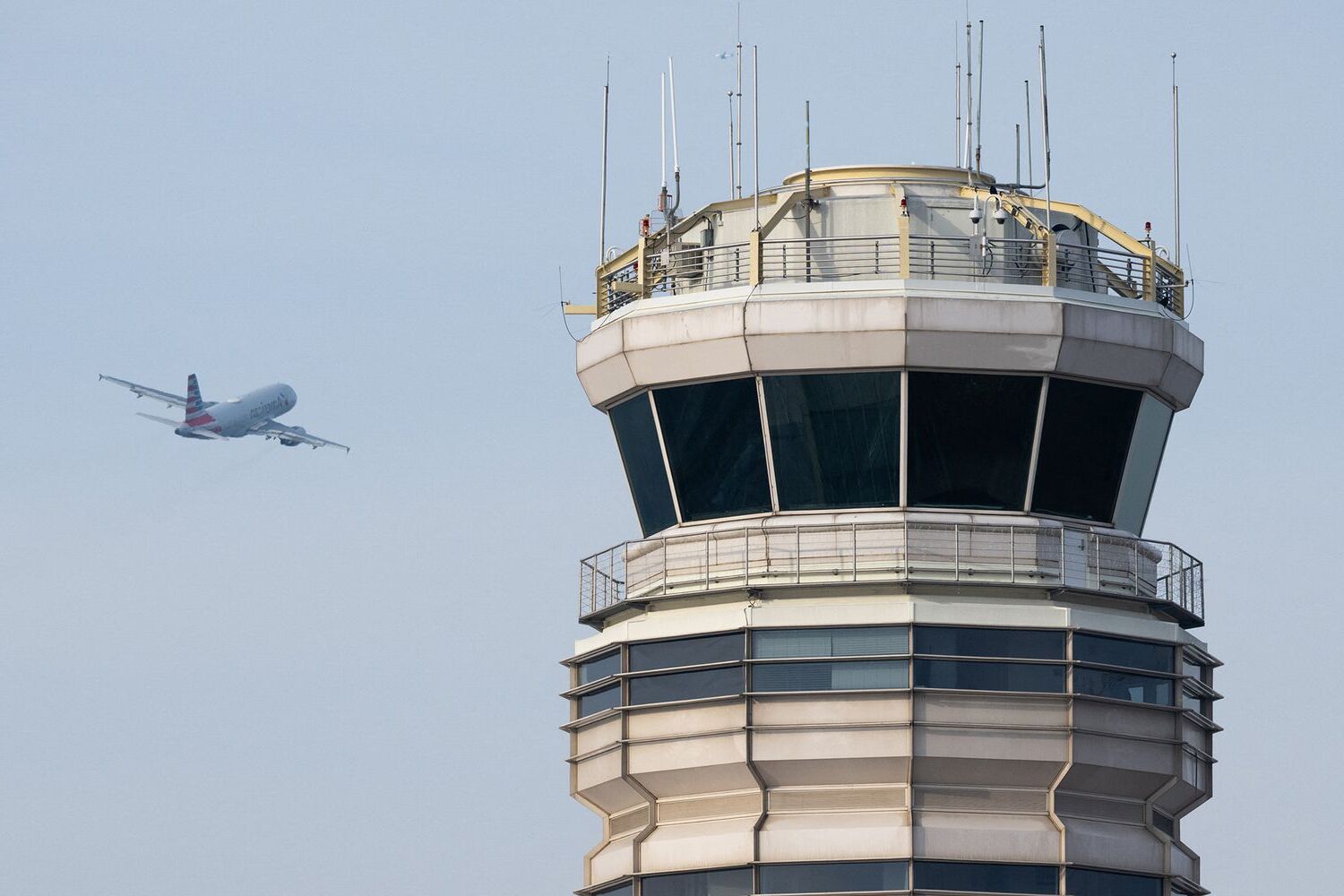
Why do flights get delayed? This question has puzzled many travelers. Air traffic delay management is a complex dance involving numerous factors. Weather, mechanical issues, and air traffic congestion all play roles. Weather can be unpredictable, causing delays for safety reasons. Mechanical issues require immediate attention to ensure passenger safety. Air traffic congestion happens when too many planes try to use the same airspace. Additionally, staffing shortages among air traffic controllers can slow things down. Understanding these factors helps passengers stay patient during delays. Next time you're stuck at the airport, remember these reasons and know that safety always comes first.
Key Takeaways:
- Air traffic delay management involves juggling various factors like weather, technical issues, and airspace congestion. Strategies like Ground Delay Programs and Collaborative Decision Making help reduce delays and improve air travel efficiency.
- Technology, such as NextGen and ADS-B, is revolutionizing air traffic delay management. These advancements aim to enhance situational awareness, reduce delays, and improve the overall efficiency of air travel.
Understanding Air Traffic Delay Management
Air traffic delay management is a complex and fascinating topic. It involves coordinating numerous elements to ensure flights operate smoothly and on time. Here are some intriguing facts about how air traffic delay management works.
-
Air Traffic Control (ATC) Centers: ATC centers play a crucial role in managing air traffic delays. They monitor and direct aircraft on the ground and in the air to ensure safe and efficient travel.
-
Weather Impact: Weather is a significant factor in air traffic delays. Thunderstorms, snow, fog, and high winds can disrupt flight schedules, leading to delays.
-
Slot Allocation: Airports use a system called slot allocation to manage takeoff and landing times. This system helps prevent congestion and ensures a smooth flow of air traffic.
Causes of Air Traffic Delays
Understanding the causes behind air traffic delays can help in managing them more effectively. Here are some common reasons flights get delayed.
-
Technical Issues: Mechanical problems with aircraft can lead to delays. Regular maintenance and checks are essential to minimize these issues.
-
Airspace Congestion: Busy airspace can cause delays. When too many flights are scheduled in the same airspace, it can lead to congestion and delays.
-
Runway Availability: Limited runway availability can also cause delays. Airports with fewer runways may struggle to handle high volumes of traffic, leading to delays.
Strategies to Manage Air Traffic Delays
To manage air traffic delays, various strategies and technologies are employed. These methods aim to reduce delays and improve the overall efficiency of air travel.
-
Ground Delay Programs (GDPs): GDPs are used to manage air traffic by delaying flights at their departure airports to prevent congestion at the destination airport.
-
Flow Control: Flow control involves regulating the number of aircraft entering a particular airspace to prevent congestion and ensure smooth traffic flow.
-
Collaborative Decision Making (CDM): CDM is a process where airlines, airports, and ATC work together to make decisions that optimize air traffic flow and reduce delays.
Technological Advancements in Delay Management
Technology plays a vital role in managing air traffic delays. Innovations in this field have significantly improved the efficiency of air travel.
-
NextGen: The Next Generation Air Transportation System (NextGen) is a modernization initiative by the FAA to improve air traffic control and reduce delays using advanced technology.
-
ADS-B: Automatic Dependent Surveillance-Broadcast (ADS-B) is a technology that allows aircraft to broadcast their position to ATC and other aircraft, improving situational awareness and reducing delays.
-
Digital Towers: Digital towers use advanced cameras and sensors to provide ATC with a real-time view of the airport, enhancing their ability to manage traffic and reduce delays.
The Human Element in Delay Management
Human factors also play a significant role in managing air traffic delays. The skills and decisions of air traffic controllers and pilots are crucial in this process.
-
Air Traffic Controllers: These professionals are responsible for directing aircraft on the ground and in the air. Their decisions can significantly impact the efficiency of air traffic flow and delay management.
-
Pilot Communication: Effective communication between pilots and ATC is essential for managing delays. Pilots need to provide accurate information and follow ATC instructions to ensure smooth operations.
Final Thoughts on Air Traffic Delay Management
Air traffic delay management is a complex, yet crucial aspect of aviation. Understanding the factors that contribute to delays, such as weather conditions, air traffic congestion, and technical issues, helps us appreciate the efforts made to minimize disruptions. Airlines and airports work tirelessly to improve efficiency and safety. By investing in technology and infrastructure, they aim to reduce delays and enhance the overall travel experience. Next time you're waiting for a flight, remember the intricate system in place to get you to your destination safely. Knowledge about these processes can make the wait a bit more bearable. So, whether you're a frequent flyer or an occasional traveler, being informed about air traffic delay management can give you a new perspective on the aviation industry. Safe travels!
Frequently Asked Questions
Was this page helpful?
Our commitment to delivering trustworthy and engaging content is at the heart of what we do. Each fact on our site is contributed by real users like you, bringing a wealth of diverse insights and information. To ensure the highest standards of accuracy and reliability, our dedicated editors meticulously review each submission. This process guarantees that the facts we share are not only fascinating but also credible. Trust in our commitment to quality and authenticity as you explore and learn with us.


